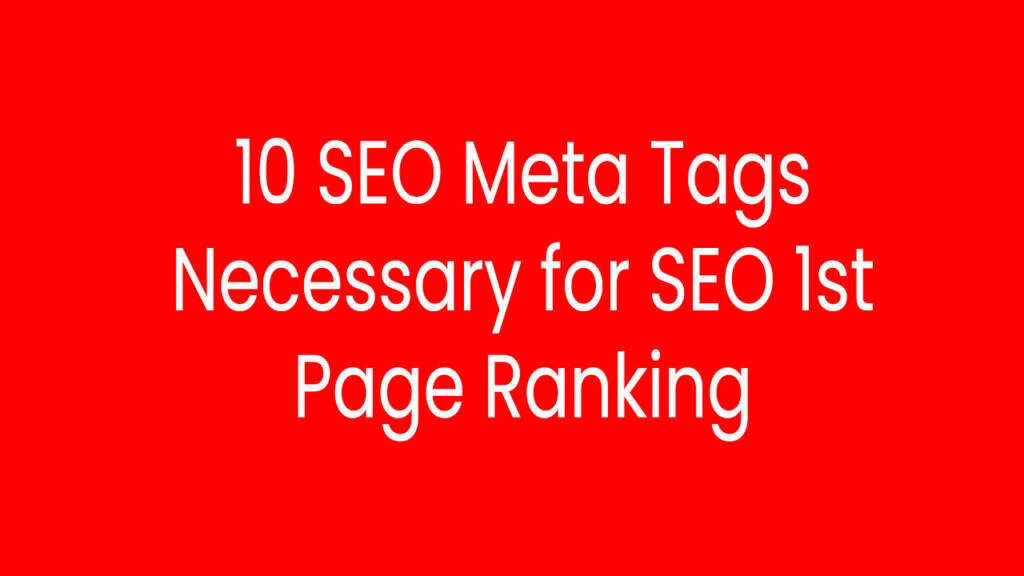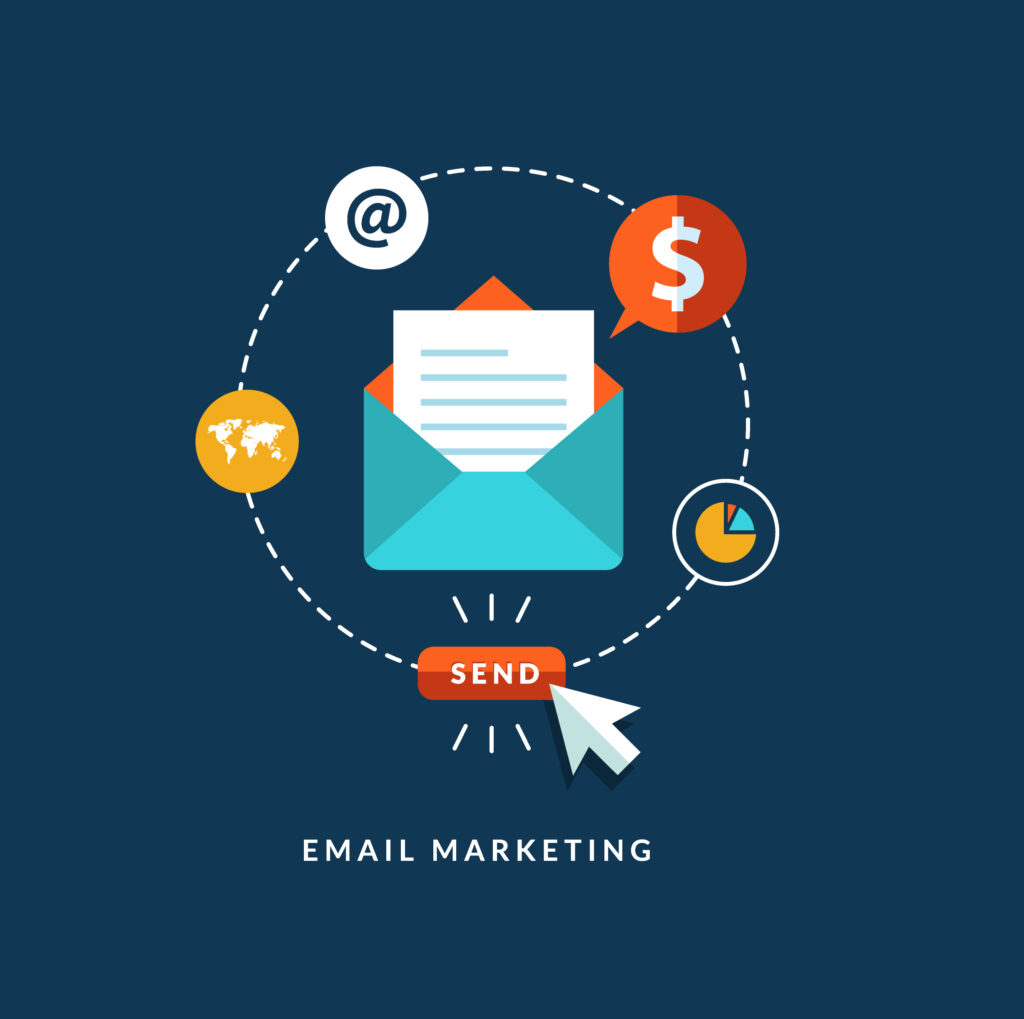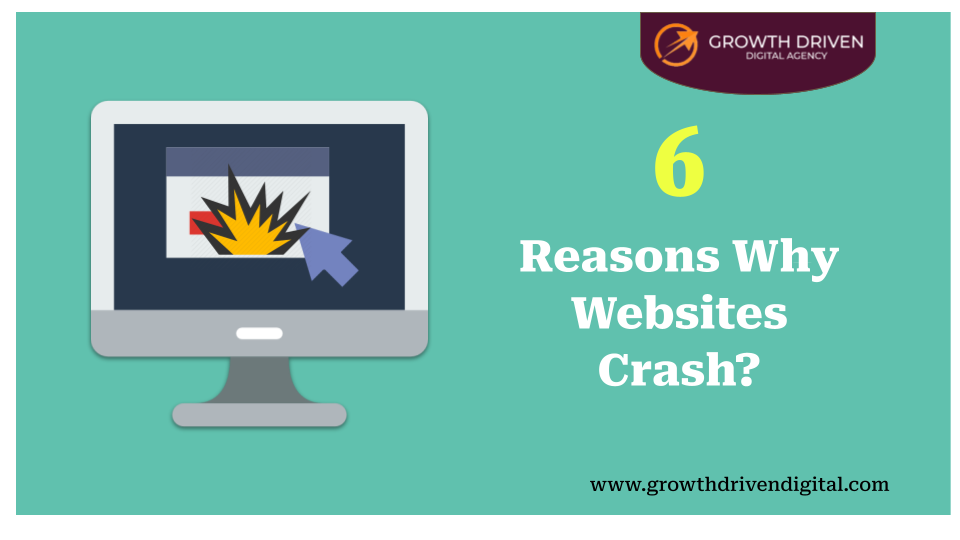In the ever-evolving realm of search engine optimization (SEO), webmasters and digital marketers are often on a quest for the Holy Grail of strategies that will propel their websites to the top of search engine results pages (SERPs). Among the myriad tools at their disposal, meta tags stand out as unassuming yet formidable allies in the battle for online visibility. Let’s embark on a journey to explore the ten most vital meta tags that every SEO enthusiast must be well-acquainted with, uncovering their nuances and harnessing their potential to boost website rankings.
1. Title Tags
Imagine the title tag as the headline of a book cover in the library of the internet. It’s the initial point of contact between your webpage and a potential visitor. Not only does it tell search engines what your page is about, but it also entices users to click. It’s your virtual handshake, and like any introduction, it needs to be compelling and concise.
Google’s ranking algorithms have evolved, but the title tag’s importance remains unwavering. While exact keyword matches in titles aren’t as critical as they once were, they still play a role in signaling relevance. However, today’s title tags are more about conveying the essence of your content.
The best practices for title tags include uniqueness, brevity (50-60 characters to avoid truncation), and natural keyword placement. Don’t forget to sprinkle your brand name in there for consistency.
2. Meta Description Tags:
The meta description tag is your webpage’s elevator pitch to potential visitors. It resides in the HTML of your webpage’s head section and often appears in SERP snippets. While it’s not a direct ranking factor, it significantly impacts click-through rates (CTR).
A well-crafted meta description provides users with a sneak peek of what they can expect on your page. It’s your chance to promise a clear and comprehensive solution to their query. Including the keywords used by searchers can make these words appear in bold on the SERP, catching the user’s eye and indicating relevance.
The ideal meta description is unique, concise (around 150-160 characters), and inviting. Avoid stuffing it with keywords and instead, aim for a coherent, informative, and compelling description.
3. Heading Tags (H1-H6):
Heading tags, denoted as H1 to H6 in HTML, serve as navigational beacons within your content. They organize your content, guiding readers through the textual landscape. For search engines, they signal the structure and hierarchy of your content.
While they aren’t direct ranking factors, using them thoughtfully contributes to better user experience and content organization. Keep your headings relevant to the content they describe, and ensure they reflect the sentiment of the text. Avoid overusing tags and keywords within them for readability.
According to Google’s recommendations, matching your H1 with your page’s title is a sound practice, with minor variations. This alignment reinforces the page’s thematic coherence.
4. Image Alt Attributes: Giving Images a Voice
In the visually rich tapestry of the web, images are the vibrant threads that weave a compelling narrative. However, search engines can’t see images; they rely on text to understand them. This is where image alt attributes come into play.
Alt attributes describe the contents of images and provide context when images can’t be displayed (e.g., due to slow loading or user preferences). They are also vital for SEO in Google Images.
To optimize image alt attributes, focus on prominent images, keeping the text clear and descriptive. While incorporating keywords is important, ensure they seamlessly integrate with the overall content canvas.
5. Nofollow Attributes
External links on your website are your way of endorsing other websites. However, not all links are created equal, and search engines take note of where you point your virtual fingers. The nofollow attribute allows you to be selective.
By default, all hyperlinks are followed, signaling your endorsement. When you add a nofollow attribute to a link, you instruct search engines not to follow it, preserving your endorsement equity.
Maintaining a healthy balance between followed and nofollowed links is key. Use nofollow for untrusted content, sponsored links, user-generated content, and non-essential internal links like “Sign in” or “Register.”
6. Robots Meta Tag: Exerting Control Over Indexing
Imagine having a collection of books, some of which are drafts or placeholders, while others are polished and ready for public consumption. The robots meta tag helps you decide which books are available to the public, and which remain hidden in the depths of your library.
With attributes like “noindex” and “nofollow,” this meta tag instructs search engines not to index or follow specific pages. It’s handy for thin or unfinished content, unimportant pages, and special deals accessible only via direct links.
However, use it judiciously to avoid mistakenly restricting essential pages from indexing.
7. rel=”canonical” Link Tag:
Duplicate or similar content can befuddle search engines. They may choose the URL to rank, leaving others in the shadows. The rel=”canonical” link tag helps you guide search engines to the preferred version.
When multiple URLs have similar content, indicating the canonical URL consolidates efforts and ensures the selected URL gets crawled more frequently. This tag simplifies tracking performance metrics for the content.
However, use it judiciously and ensure the content on the canonical page aligns closely with the others to avoid confusion.
8. Schema Markup:
In the era of semantic search, search engines aim to understand not just the content but also the relationships between concepts. Schema markup, based on Schema.org, helps you paint a semantic web by structuring data on your webpages.
This structured data enhances user experience and SEO. It empowers search engines to not only read but comprehend content. Rich snippets in SERPs, with images, ratings, prices, and more, are often the result of well-implemented schema markup.
To harness the power of schema markup, explore available schemas on Schema.org, map concepts to your pages, implement the markup carefully, and thoroughly test it.
9. Social Media Meta Tags: Shaping the Social Narrative
Open Graph and Twitter Card tags allow you to shape how your webpages appear when shared on social media platforms. While these tags don’t directly influence SEO rankings, they impact click-through rates and user experience.
These tags enable you to control how your links look when shared, making them more visually appealing and informative for users. Crafting these tags effectively can boost your website’s CTR and enhance user engagement on social media.
10. Viewport Meta Tag: Tailoring for a Multi-Device World
In a world where users access websites on a multitude of devices, the viewport meta tag is your key to delivering a seamless experience. It allows you to configure how a webpage is scaled and displayed on various devices.
Ensuring that your webpage is responsive and adaptable to different screen sizes is crucial for user experience. Neglecting the viewport meta tag can lead to poor CTR and high bounce rates, especially on mobile devices.
In conclusion, meta tags are the unsung heroes of SEO, working silently behind the scenes to improve website visibility and user experience. While there’s no magic bullet in SEO, mastering these ten meta tags and implementing them effectively can be a game-changer in your quest for online supremacy. They are the fine threads that, when woven together, create a tapestry of SEO success in the ever-expanding digital view.
Author
-

Meet Johnathan Trot, the creative force behind engaging content online. As a CTO, he blends tech expertise with a passion for storytelling. With a knack for simplifying complex concepts, Johnathan crafts content that captivates audiences. Join him on a journey where innovation meets simplicity, making tech accessible and enjoyable for all.
View all posts



